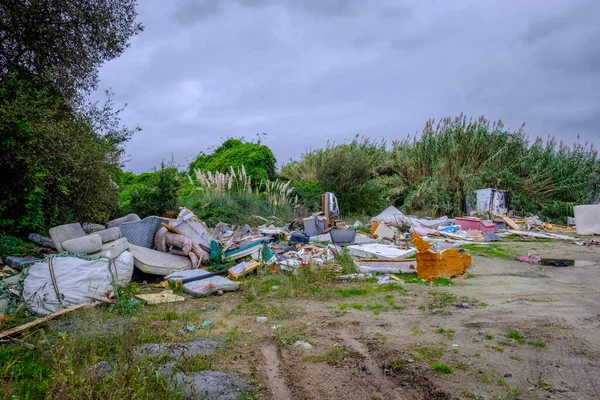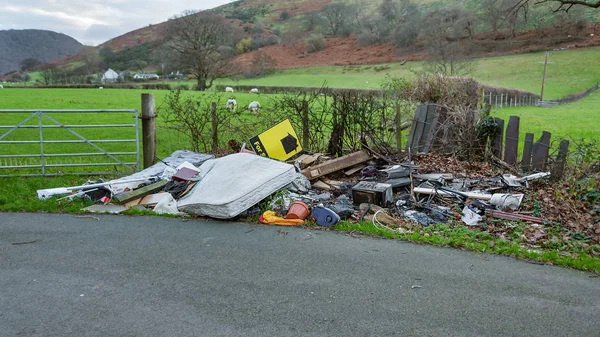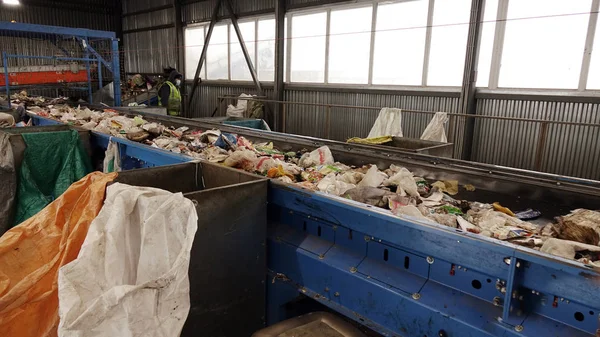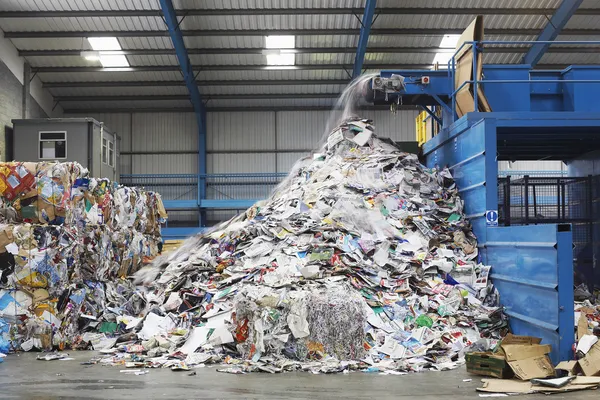Illegal dumping is the unauthorized disposal of waste in areas not designated for such use. This act has significant impacts on both communities and the environment.
Impact on communities:
- Health hazard: Illegal dumping can lead to the spread of disease, as it attracts pests such as rodents and insects, and can contaminate water and soil.
- Property value decrease: Properties located near illegal dumping sites can lose value, making it difficult to sell or rent.
- Quality of life: Illegal dumping can lead to an eyesore in the community, affecting the aesthetic appeal of the area and causing distress to residents.

Impact on the environment:
- Soil and water pollution: Illegal dumping can contaminate soil and water, affecting plants and wildlife, and ultimately, the food chain.
- Hazard to wildlife: Illegal dumping can create hazards to wildlife, such as entrapment or ingestion of toxic materials.
- Climate change: Certain waste materials, such as batteries and electronics, can release harmful chemicals into the environment, contributing to climate change.
To mitigate the negative impact of illegal dumping, communities can implement several measures, such as:
- Proper waste management practices: Providing adequate waste collection and disposal facilities for residents and businesses.
- Education and awareness campaigns: Educating the public about the dangers of illegal dumping and the importance of proper waste disposal.
- Stiff penalties: Imposing penalties for illegal dumping to deter perpetrators and raise funds for cleaning up affected areas.
In conclusion, illegal dumping is a serious problem with far-reaching consequences. It is essential to educate communities and enforce penalties to ensure that waste is properly managed and disposed of, reducing its impact on both communities and the environment.




